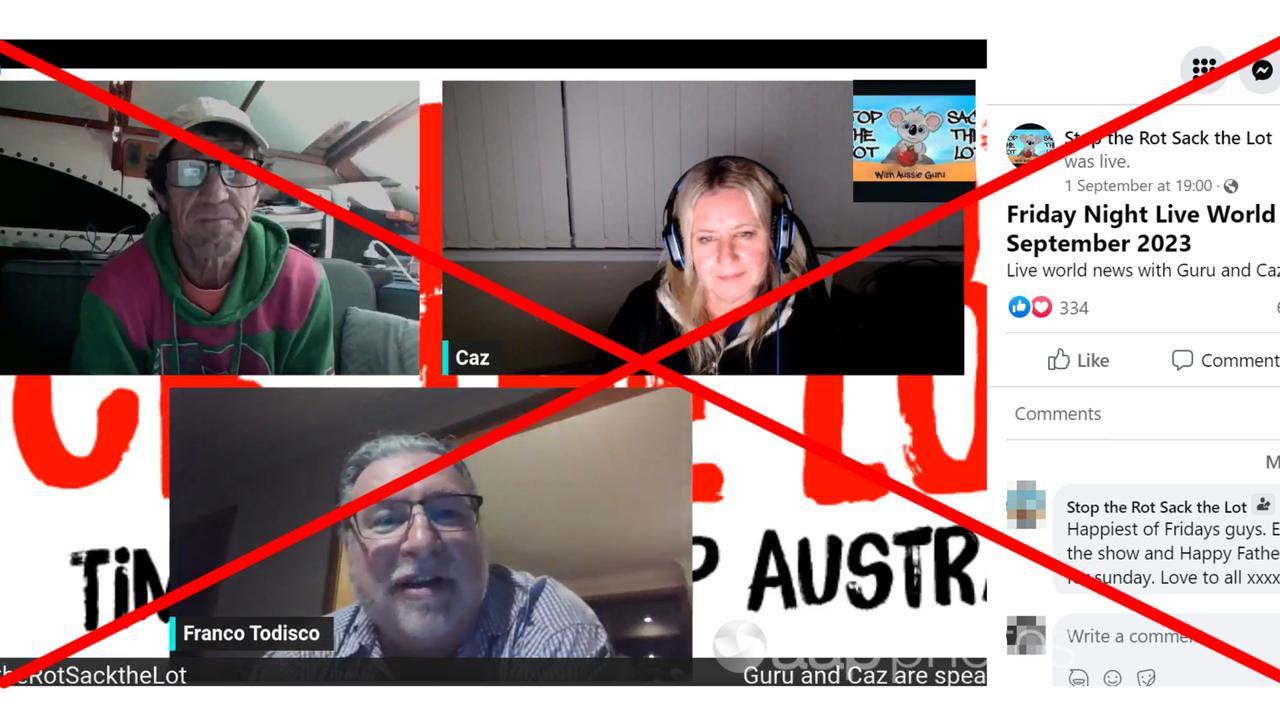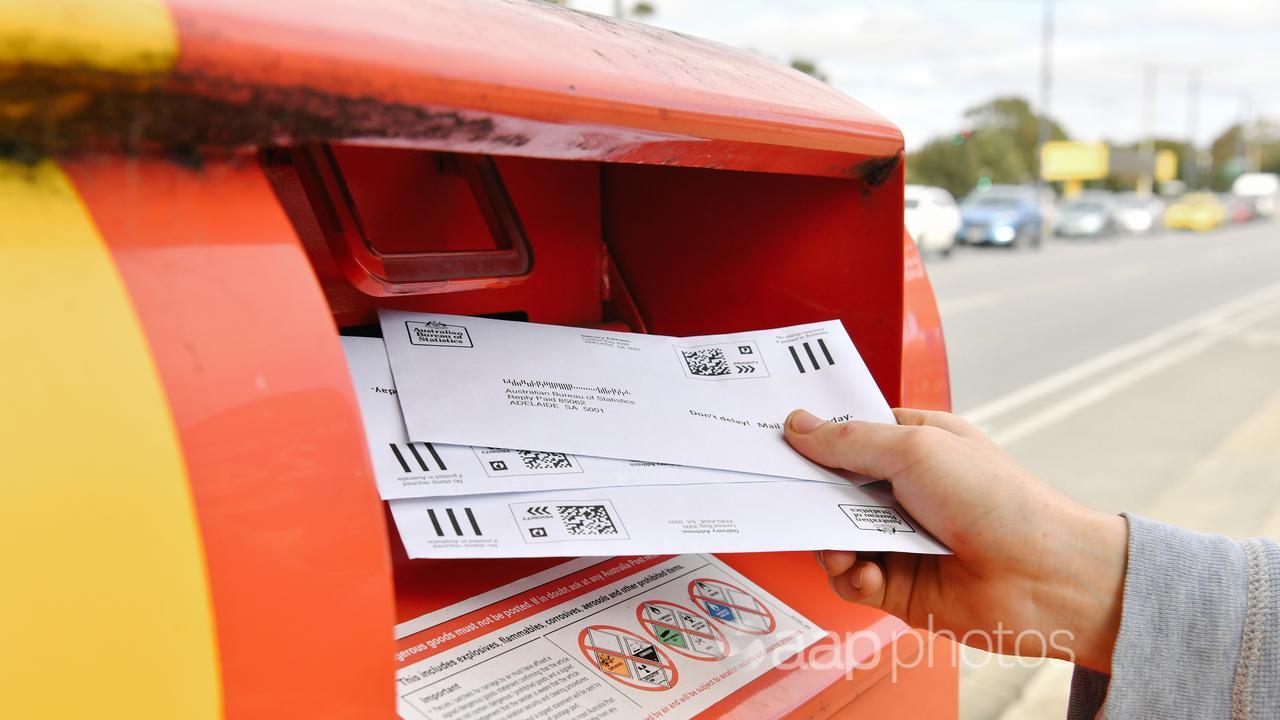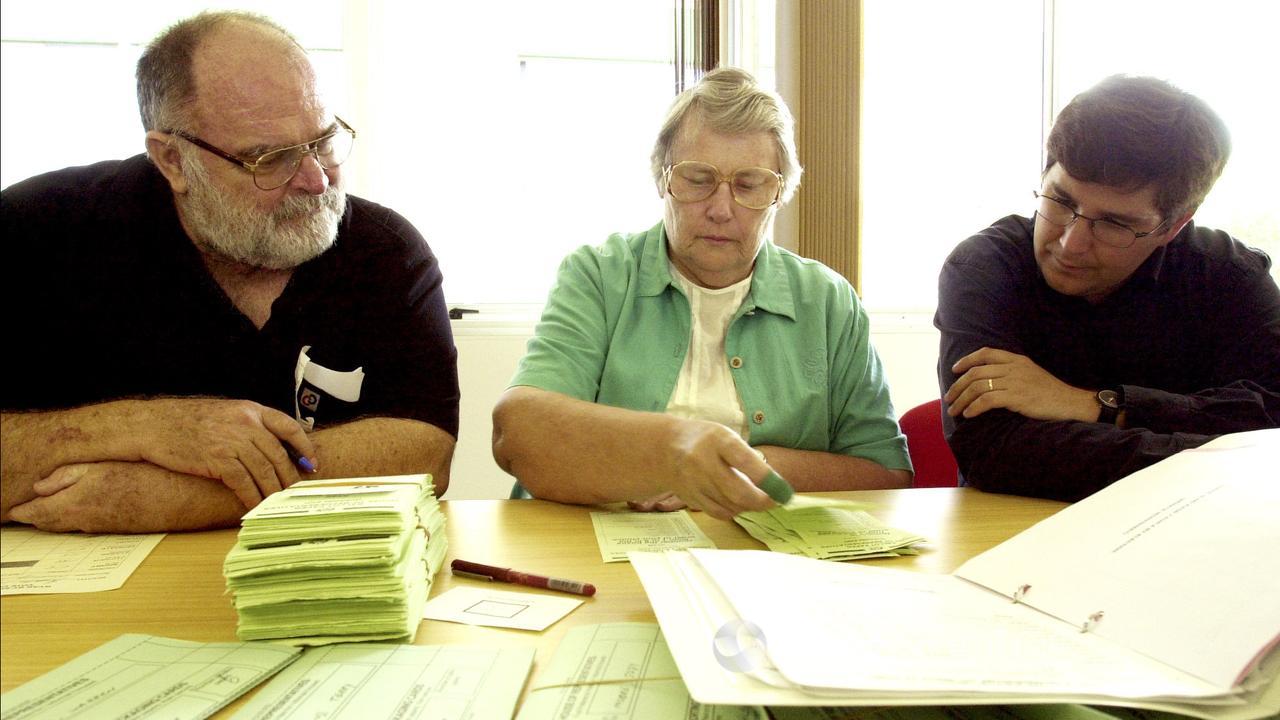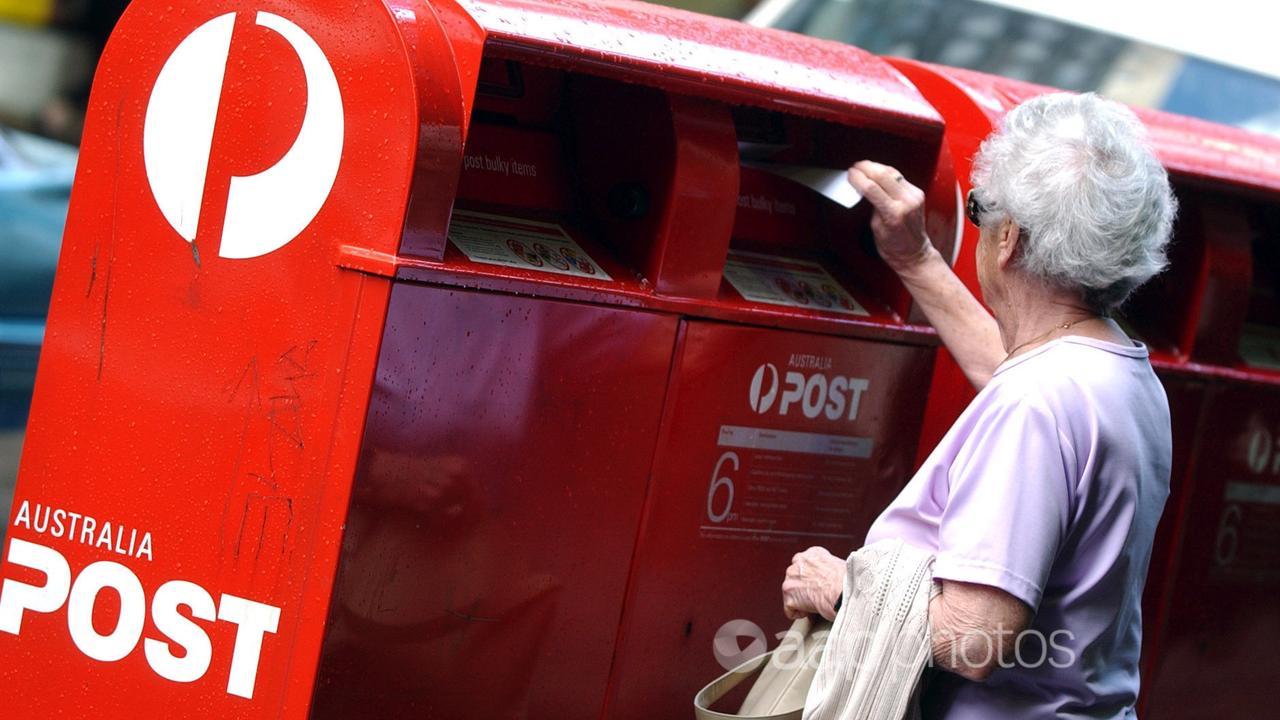A social media video claims you cannot have postal votes in referendums.
This is false. The Australian Electoral Commission (AEC) told AAP FactCheck postal voting was a normal part of referendums, allowing people who can’t attend a polling place on referendum day to still cast their vote.
The claim was made during a discussion on the voice referendum in a video on a Facebook page known for spreading misinformation.
“They’re doing a postal vote. It’s not an election. This is a referendum. And we know that postal votes are only for an election,” one of the speakers says (video mark 7min 30sec).
Just prior to this comment, the same man discusses scrutineers, people who observe the electoral process, and claims “you’ve got to be registered to a party” to be a scrutineer at the voice referendum.

A representative for the AEC, the independent federal agency which manages elections, said both claims were untrue.
AEC digital engagement director Evan Ekin-Smyth told AAP FactCheck postal votes were “very much allowed for in a referendum for people who cannot make it to a polling place or early voting centre”.
Part IV of the Referendum Machinery Provisions Act 1984 lays out the process for using postal votes in a referendum and how to apply for it.
Postal vote applications for the voice referendum close on Wednesday, October 11, and must be completed on or before the referendum day of October 14.

The AEC website explains that people are allowed to cast a postal vote, rather than voting at a polling place, for a variety of reasons including ill health, travel, work and religious beliefs.
Governor-General David Hurley issued the writ for the referendum on September 11, setting the vote in motion, including opening up the process for postal voting.
The country’s most recent referendum was the 1999 vote on the republic and a preamble to the constitution.
Postal voting was allowed then, with the AEC report on the referendum explaining it was for: “Electors with a disability, silent electors, prisoners, those in remote areas, and people who have religious objections to attending a polling place on polling day.”

The video’s claim that scrutineers for the referendum must be registered to a political party is also incorrect.
Mr Ekin-Smyth said scrutineers are appointed and the AEC has procedures in place for candidates.
The scrutineer appointment form states that in “a referendum, scrutineers can be appointed by the Governor-General, the Governor of a state, the Chief Minister for the Australian Capital Territory, the Administrator of the Northern Territory, or the registered officer of a registered political party.”
There’s no qualification they have to be a party member.
“There is no requirement to be a member of a registered party, just rather that registered parties can appoint scrutineers for the referendum,” Mr Ekin-Smyth said.
The Verdict
The claim postal voting is not allowed in the voice referendum is false.
The Australian Electoral Commission says postal voting is allowed, as was the case in the 1999 referendum, so people who cannot attend a polling place on the day of the referendum can still cast their vote.
False – The claim is inaccurate.
AAP FactCheck is an accredited member of the International Fact-Checking Network. To keep up with our latest fact checks, follow us on Facebook, Twitter and Instagram.
All information, text and images included on the AAP Websites is for personal use only and may not be re-written, copied, re-sold or re-distributed, framed, linked, shared onto social media or otherwise used whether for compensation of any kind or not, unless you have the prior written permission of AAP. For more information, please refer to our standard terms and conditions.


















